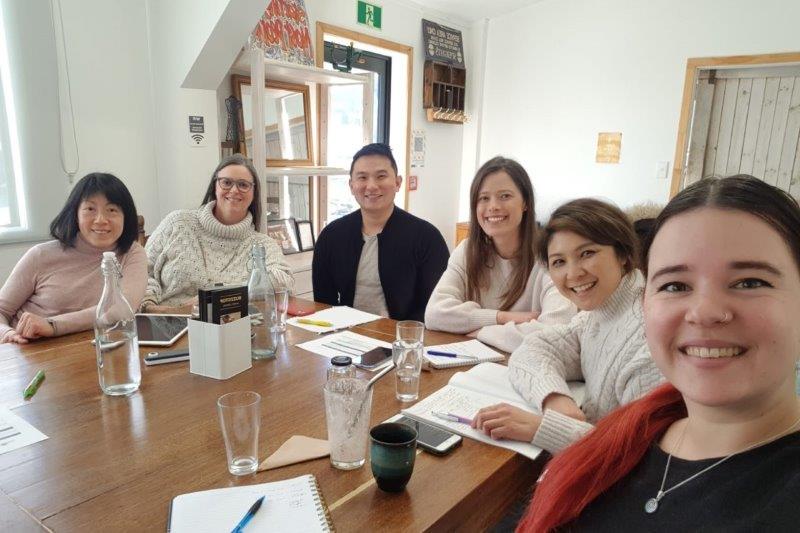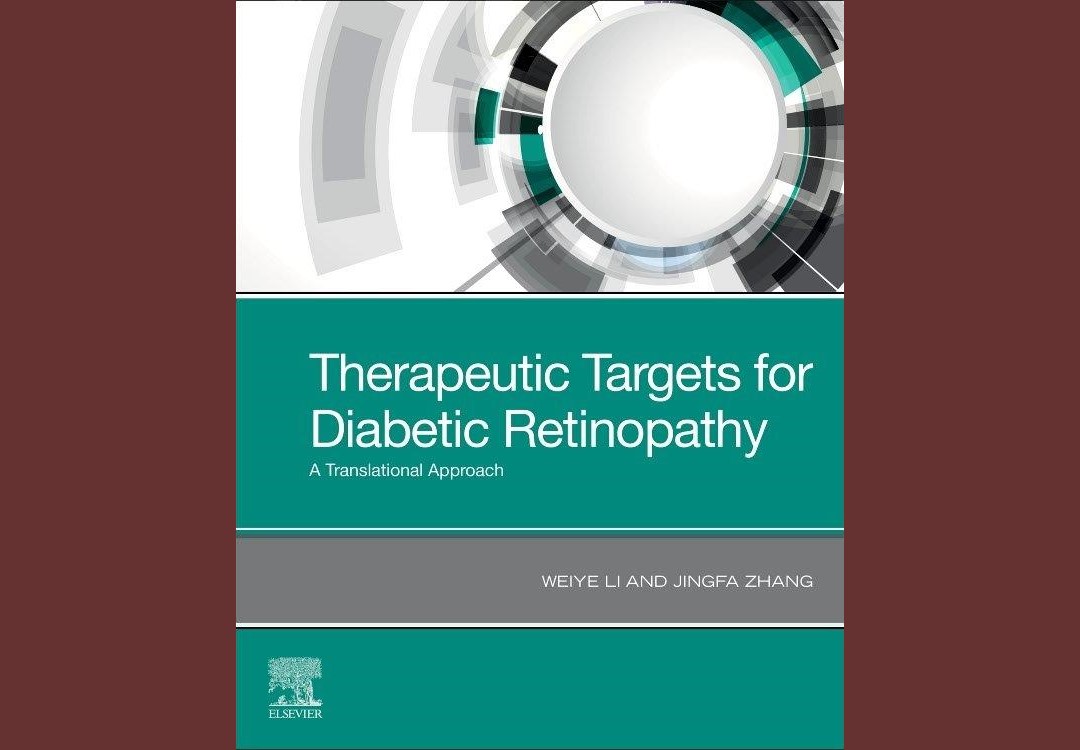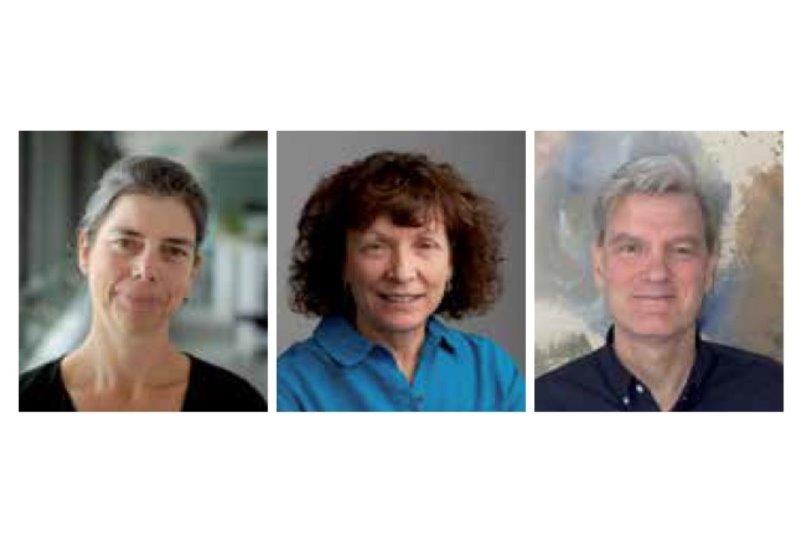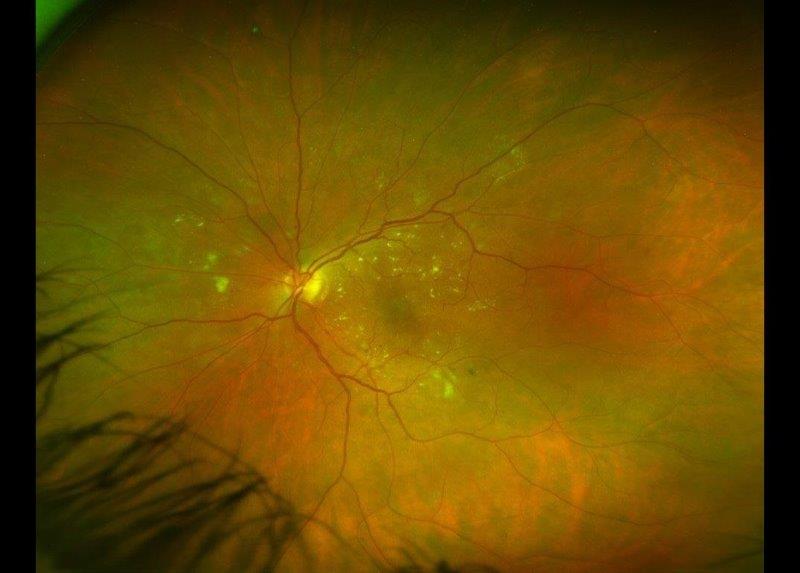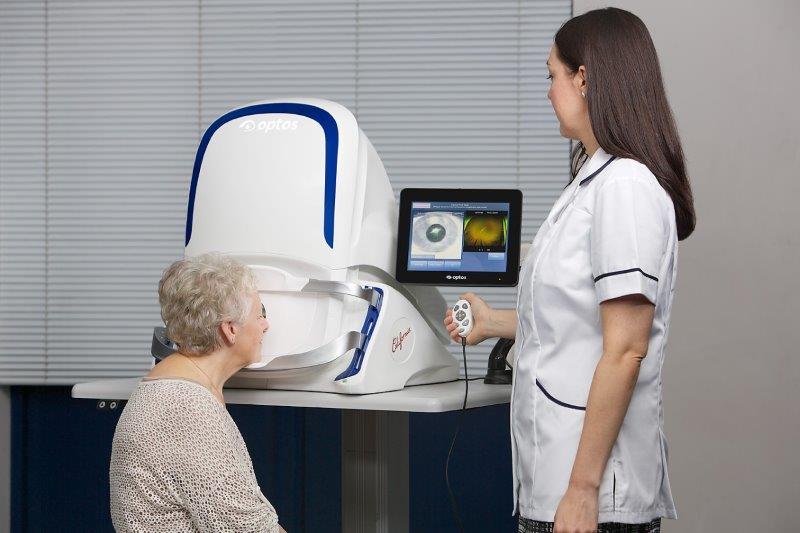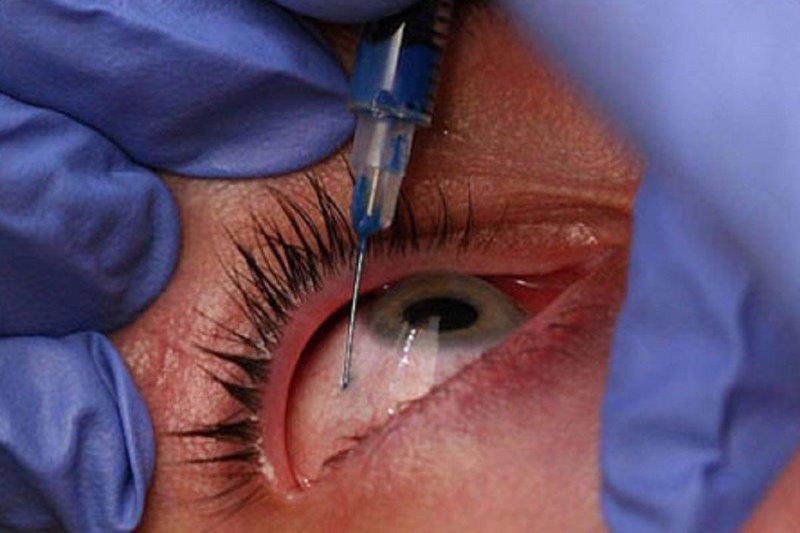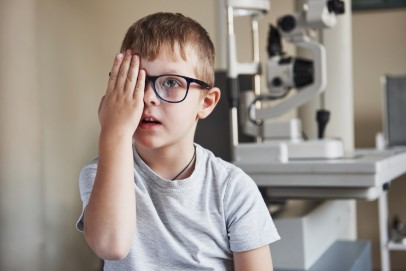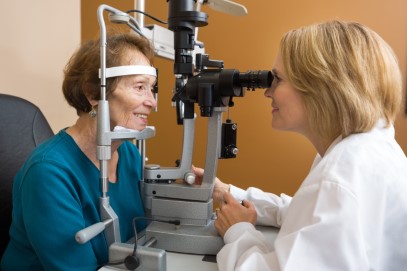NACBO 2021: Doing it for the kids
In July, more than 120 optometrists and vision therapists from Australasia and beyond gathered online for three days of thought-provoking presentations at the National Conference of the Australasian College of Behavioural Optometrists (NACBO).
This year’s programme included an inspiring mix of talks on amblyopia, vision therapy, child development, myopia, visual processing assessment, computer systems for vision therapy, binocular vision and eye movement assessment, plus new initiatives in vision assessment, nutrition, balance assessment and colourimetry.
Christine Nearchou, senior lecturer and clinical leader in paediatrics and binocular vision at Melbourne University, provided an evidence-based review of the role of vision function in perception and learning, making a strong case for routine assessment of visual processing skills in paediatric optometry. She also covered her research on a dot-pattern visual cognition task for the assessment of visual sequencing and visualisation aptitude in elementary-school children.
Victoria optometrist Michael Smith and Associate Professor Vicky Graham, a physical therapist at California State University, US, joined forces to review theories in movement science, schemata development, neuroplasticity and motor learning and how these apply to visually directed action during vision therapy (VT) and in the classroom. Clinical pearls from this presentation included communication strategies and how to avoid overwhelming young children in the therapy room.
Dr Robert Sanet and his colleague Dr Pilar Vergara presented online from Spain on the theoretical and clinical aspects of treating amblyopia, especially for children and teenagers who have plateaued in improvement or have poor compliance. Their treatment paradigm focused on binocular vision improvement using prescribing variations to reduce suppression and improve stereopsis, combined with binocular vision therapy where necessary, without patching. This produced equal normal acuities and fine stereopsis in more than 100 patients within a few months of treatment. Full results should be published later this year.
A balanced view
Perth optometrist Liz Wason covered protocols for optometric assessment and management of patients suffering from balance and vertigo issues. She detailed the interactions between vestibular and vision functions, tests for visual involvement in balance problems and options for treating visual issues to reduce symptoms.
In collaboration with Auckland and Melbourne Universities, Dr Paul Harris from the Southern College of Optometry in Memphis, discussed their study further validating the Melbourne Rapid Fields (MRF) testing software compared with the Humphrey Field Analyser. Another study validated the first automated version of the optokinetic nystagmus tests (OKN) for Kiwi company Objective Acuity, which could become a very helpful tool for assessing visual acuity (VA) in non-verbal populations.
ACBO partner, the Brien Holden Vision Institute’s myopia programme facilitator Rebecca Weng extensively described the latest evidence of visual, environmental and family factors in the development and progression of myopia. In particular, she noted evolving understanding of pre-myopia and the need to manage accommodative and binocular vision in children with progressive myopia.
The impact of nutrition, mental health and more
Beverley Sacho from Melbourne’s Eye Design Optometrists updated us on the relationship of nutrition, gut microbiota and their impact on brain function and vision. She was followed by Sydney’s Dr David Evian, who presented cases of patients with mental health issues whose significant visual symptoms and light sensitivity were ameliorated by carefully chosen chromatic filters. Also notable was Perth’s Steve Leslie, who provided an excellent review of the latest instruments and software for evaluating and treating binocular vision and eye movement dysfunctions.
ACBO members had the opportunity to socialise online during the conference breaks, including a drinks session where people wore Australian or New Zealand outfits. A prize for best costume was awarded by CR Surfacing. During these Zoom social sessions, we also raised AU$2,000 for the Susan Larter Vision Trust from raffles of prizes donated by sponsors and an auction of great wines generously donated by Tony Cosentino of BOC Ophthalmic Instruments.
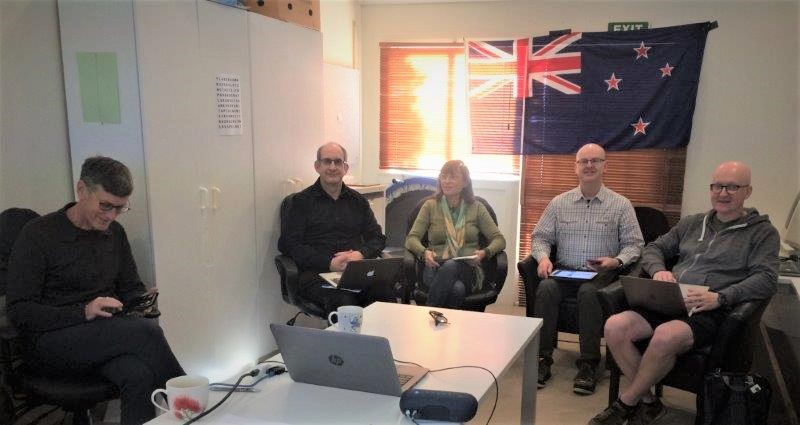
NACBO online from the North Island: Keith Miller, Brenton Clark, Sally Adams, Richard Shanks and Niall McCormack
The AGM saw a change in board membership, with Sydney optometrist Melissa Allen taking on the role of ACBO president, and new board members New Zealand’s Niall McCormack and Australia’s Lisa Bakker and Fernando Lamas. With this increased Kiwi representation, we look forward to some jovial trans-Tasman dialogue!
Thank you to our sponsors: CR Surfacing, BOC, Good Optical and SEED Contact Lenses for their generous and continuing support; and to ACBO’s administration team: Steve Leslie, Maria Gorbunova and Sarah Edwards and Jesse of Transcend Media who made NACBO 2021 seamless.
The full programme is available for delegates until early September or can be purchased from the ACBO bookshop, www.acbo.org.au/shop/online-education.
We look forward to catching up in person at NACBO 2022!
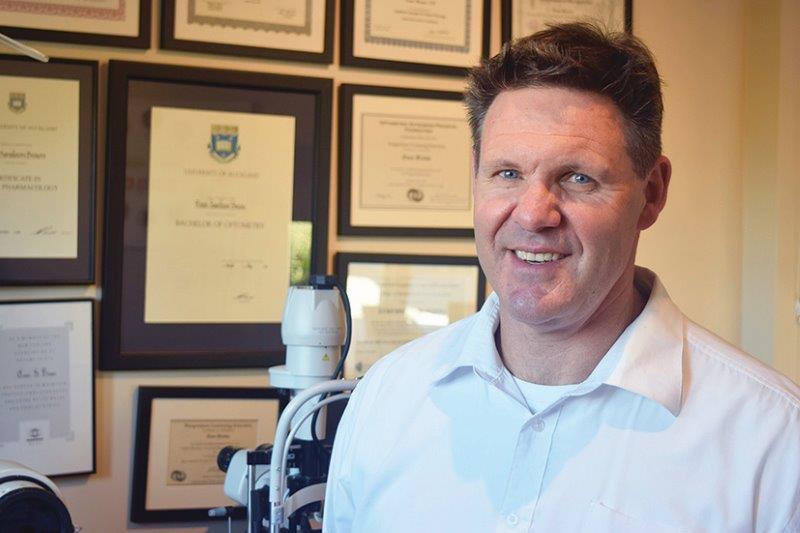
ACBO immediate past-president Evan Brown is an Auckland-based behavioural optometrist with special interest in children's vision, traumatic brain injury, binocular vision dysfunction and visual skills for sport.










